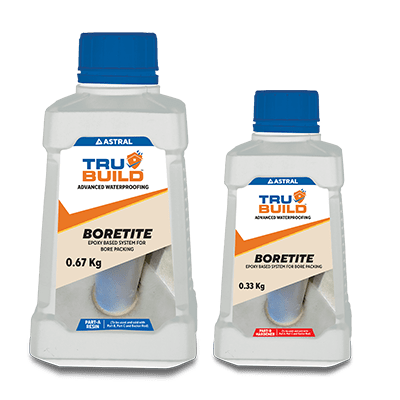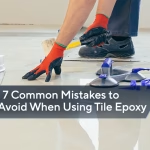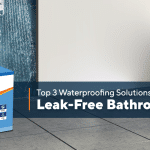Grouting Tile in Wet Areas: Best Practices for Bathrooms and Kitchens
Sep 17, 2024
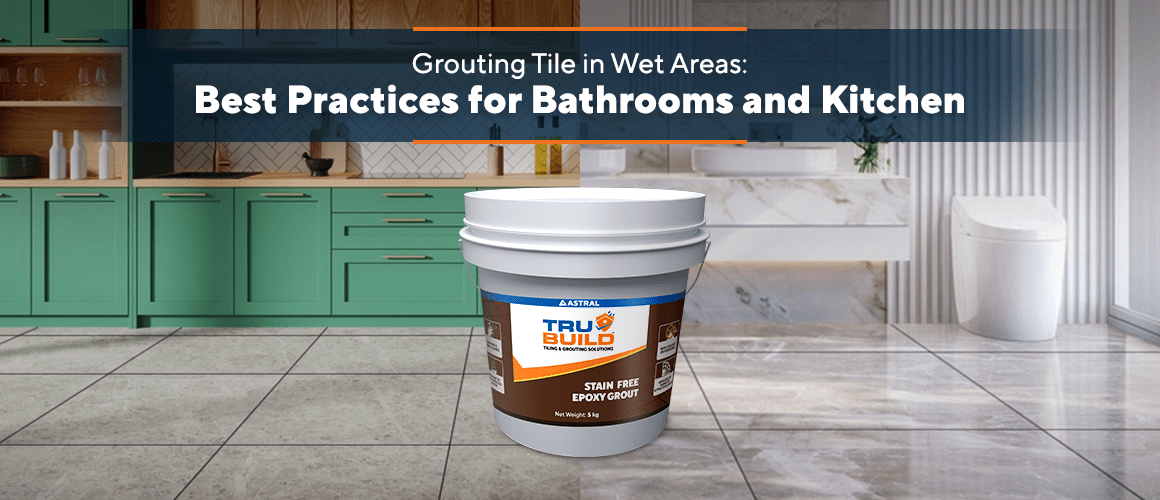
Whether installing premium vitrified tiles, ceramic, or delicate stone tiles, all require a tile grout to hold them in place. The longevity and durability of these tiles largely depend on how well the tile grouting is done. Poorly applied tile grout, especially in wet areas like bathrooms and kitchens, can let moisture seep along the grout lines, leading to mould growth and eventually causing the tiles to loosen or crack
Choosing the right tile grout is just the first step, its application matters even more, impacting the overall installation and further performance of the tiles. While contractors often provide recommendations for tile grouting, having a solid understanding of best practices can give you a significant supervisory advantage—you can even take up the project yourself.
In this blog, we will explore the best practices for tile grouting in wet areas, ensuring your work endures the test of time.
Top Techniques for Long-Lasting Tile Grout in Bathrooms and Kitchens
- .Clean The Surface Before Tile Grouting: Always start kitchen and bathroom grouting by removing all dust, oil, debris and any old sealer from the tile joints. Use a wire brush or an air blower for a thorough clean. Skipping this step may lead to premature wear and tear.
- .Mix Tile Grout Correctly: The consistency of your mixture, whether epoxy tile grout determines whether your application will succeed or fail. If your grout has multiple components, mix them thoroughly in a suitable container until the mixture is uniform and stiff enough. This ensures the solution fills the joints properly, preventing any weak points or potential failures.
- Use Hard Rubber Grout Float For Application: This tool helps compact the grout into the joints, ensuring it is correctly filled. Work in small sectors and after application remove any excess grout from the tile surface using diagonal strokes. This prevents tile grout from being removed from the joints and creates a flush finish.
- Use a Stiffer Mix for Open-ended Joints: This tool helps prevent slumping. It ensures the tile grouting remains intact and firm, providing long-lasting application and protection.
- Clean Off Surplus Grout Within 30 Minutes: Once the grout is applied, use an emulsifying pad and gripper dampened with clean water to break down any grout residue on the tile surface. Warm water can further ease this process. Keep the pad flat to ensure a smooth surface.
- Avoid Water Flow in Un-grouted Tile Joints: Before all the joints are grouted and set, do not allow water to flow or run over the surface. Water can seep into ungrouted joints, making the application weak and further leading to damage.
- Clean with a Sponge and Finish the Joints: Use a fine sponge to clean off the remaining residue, making sure not to pull grout out of the joints. Clean diagonally to avoid disturbing the tile grout lines and then tool the joints for a professional finish.
- Final Cleaning and Haze Removal: The next day of application, if any light haze remains on the tiles, it can be removed using the emulsifying pad and an alkaline detergent. Be sure not to leave any haze for more than 24 hours, as it becomes difficult to remove once fully cured.
These are key practices to know when applying epoxy grout solutions in wet areas like bathrooms and kitchens. For such applications, it is recommended to use Trubuild Stain Free Epoxy Grout, which is a three-component solution designed specifically for ceramic, vitrified and stone tiles.
Why Choose Trubuild Stain Free Epoxy Grout for Wet Areas?
| Features | Benefits |
| Stain-free and easy-to-clean | Prevents unsightly marks, especially in busy kitchens |
| Bacterial growth resistance | Keeps bathrooms hygienic and mould-free |
| Chemical and acid resistance | Suitable for areas exposed to harsh cleaning agents |
| Non-cracking or powdering | Ensures a durable and long-lasting finish |
| Cleanable by water when fresh | Easy to work with during the application |
| Available in attractive colours | Enhances the visual appeal of your tile installation |
Trubuild Stain Free Epoxy Grout complies with European Standards EN 13888:2009, International Organization for Standardization 13007-4:2015 and American National Standards Institute 118.3:1999, assuring performance, strength and reliability. Remember that once this product has set, it becomes incredibly tough and can only be removed mechanically; clean it carefully.
Tile grouting is more than just filling gaps between tiles; it determines the longevity and durability of your tile installation, especially in wet areas. If you follow the best practices and use the right product, you can ensure that your kitchen and bathroom grout stays durable and water-resistant for longer.
If you want to learn more about tile grouting, read our blog on Choosing The Right Tile Grouting Solutions To Keep Your Floors And Walls Looking Fresh.


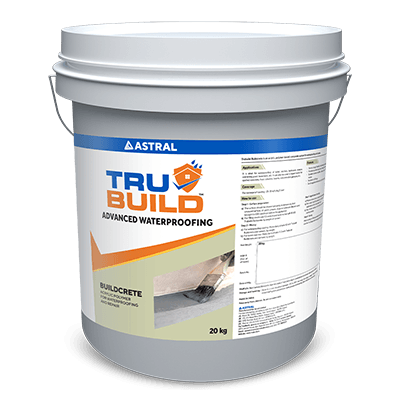
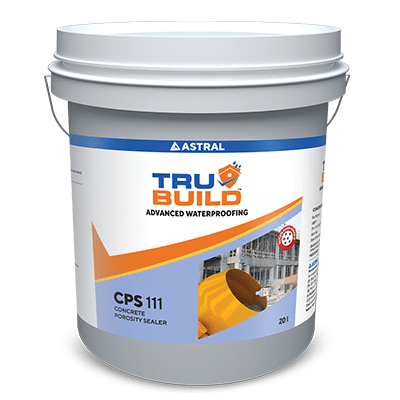
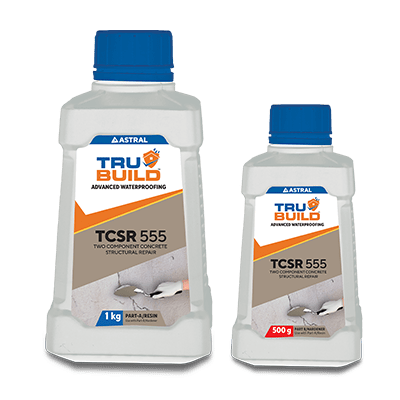


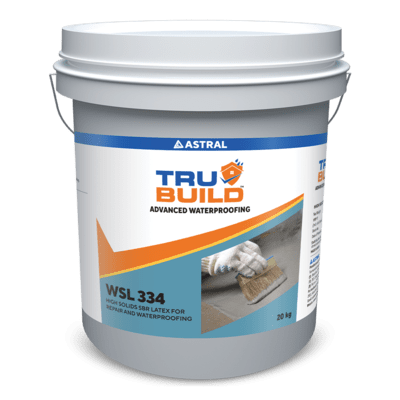
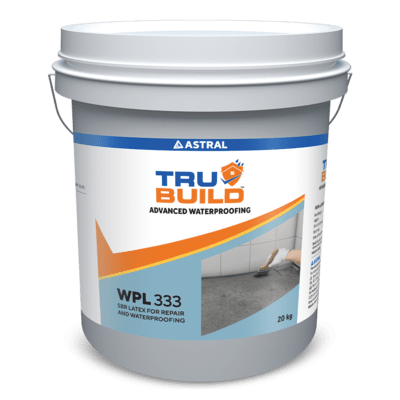
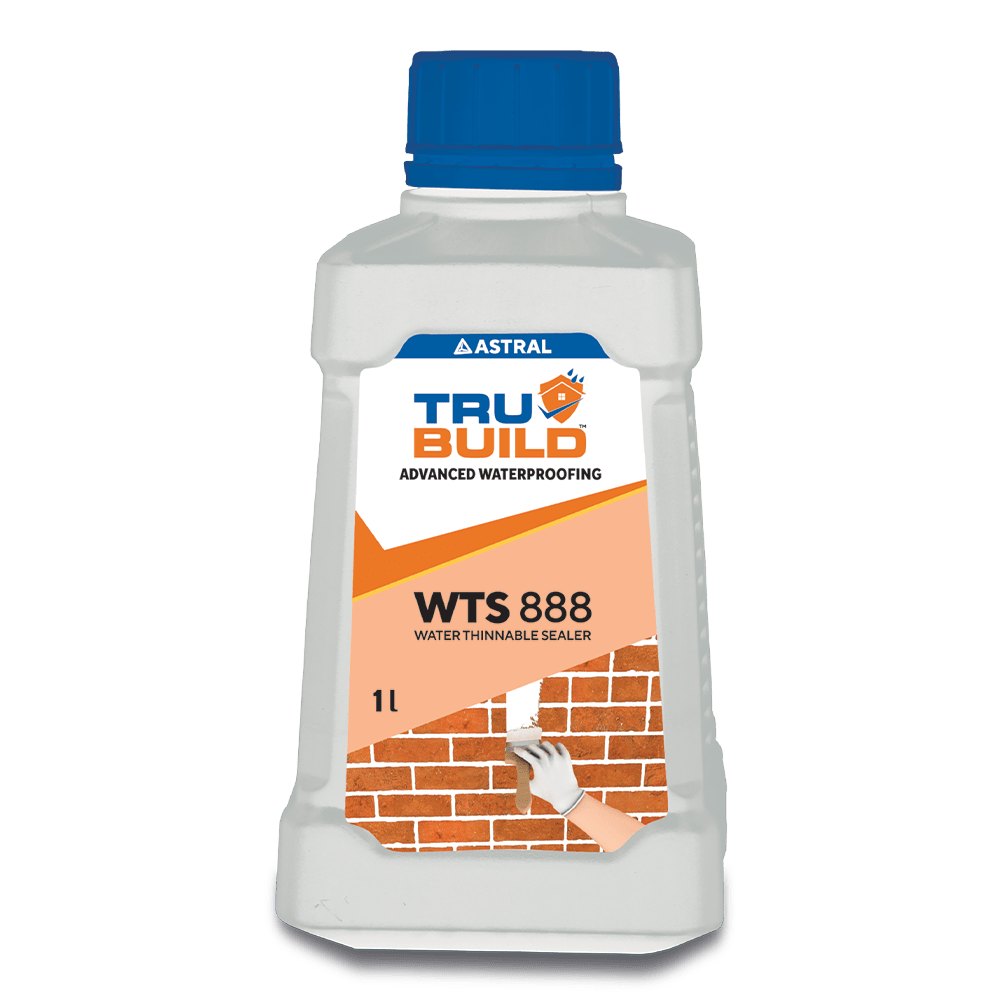



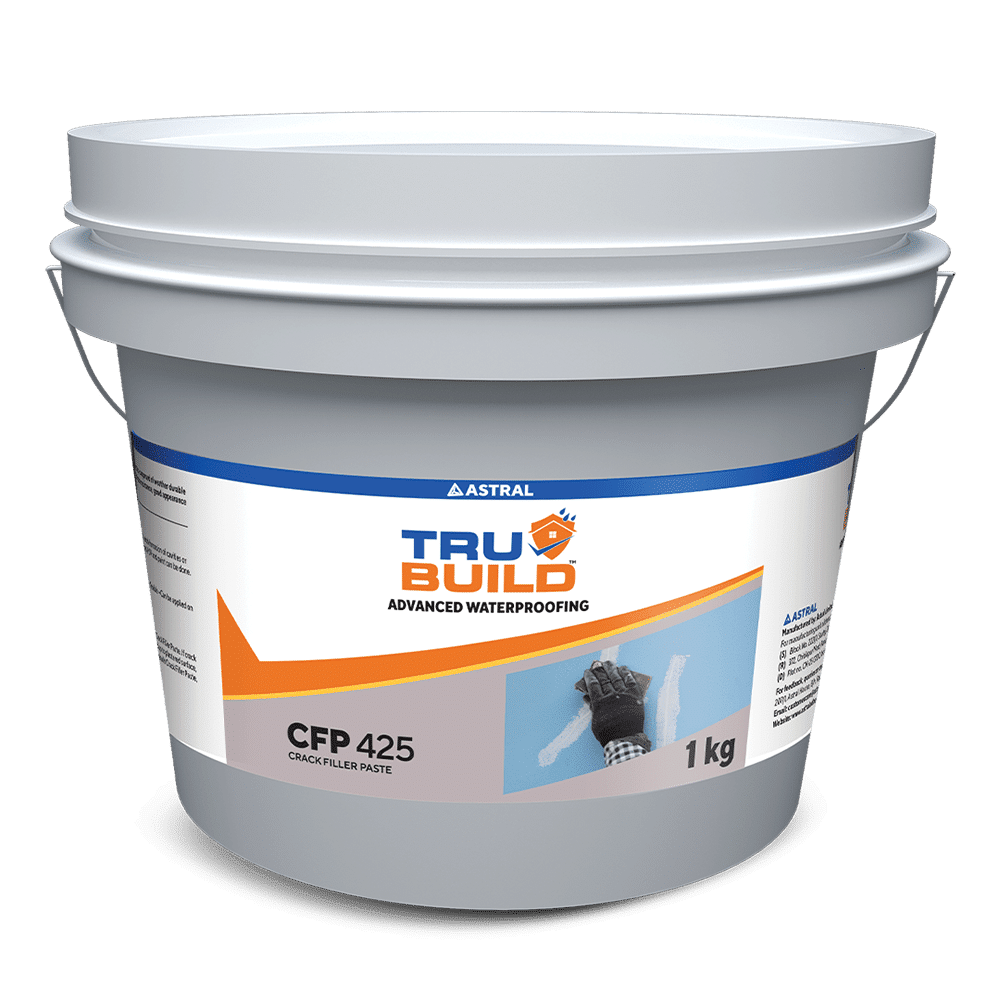




 Professional Sealants
Professional Sealants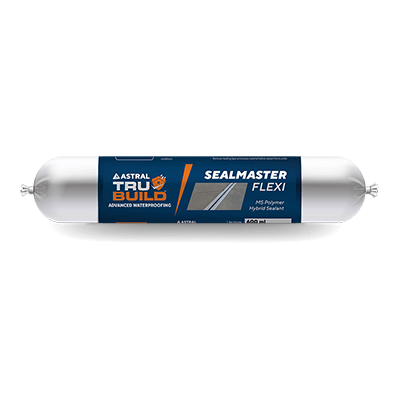
 Roof Waterproofing
Roof Waterproofing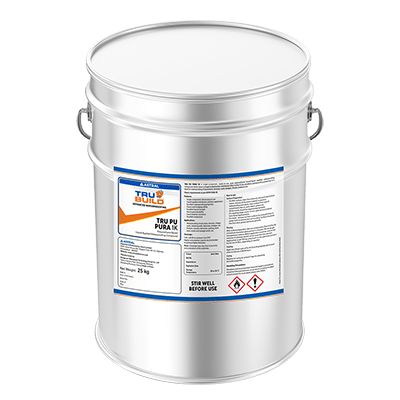
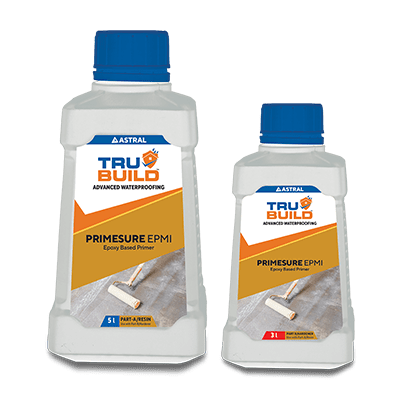



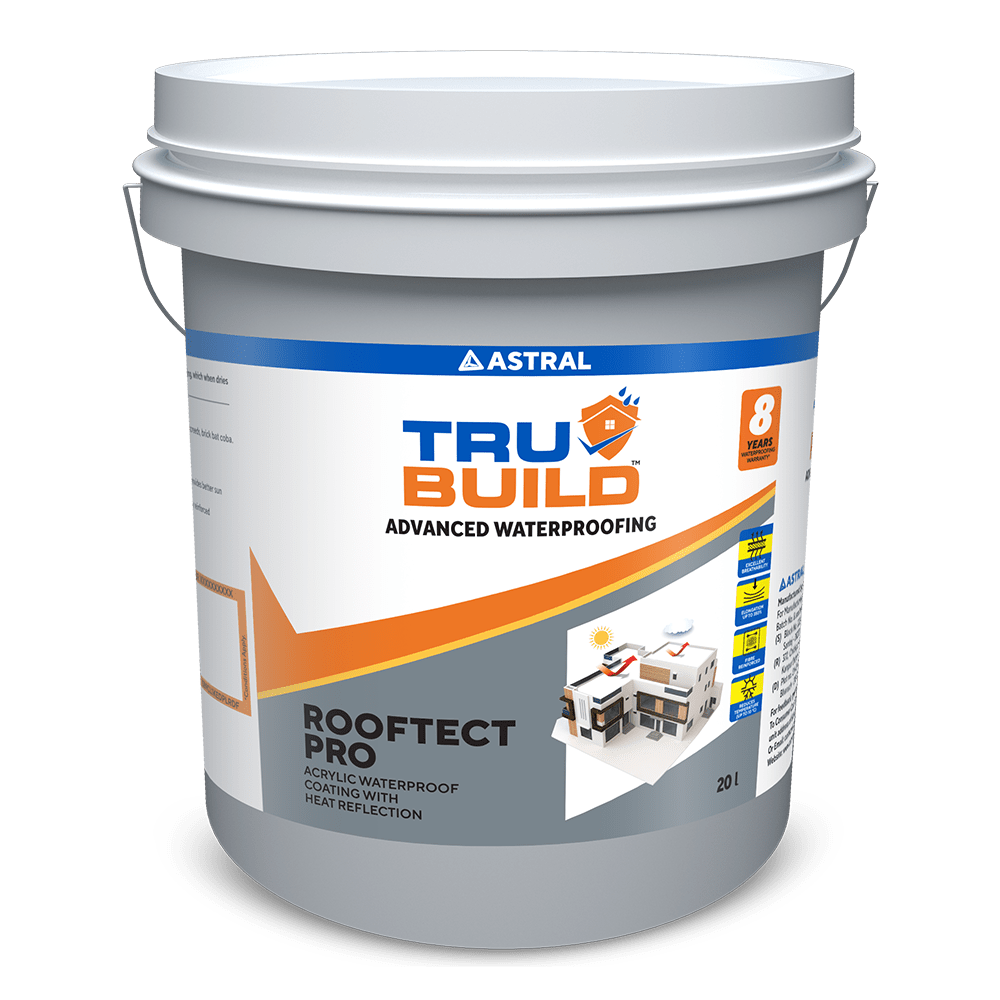
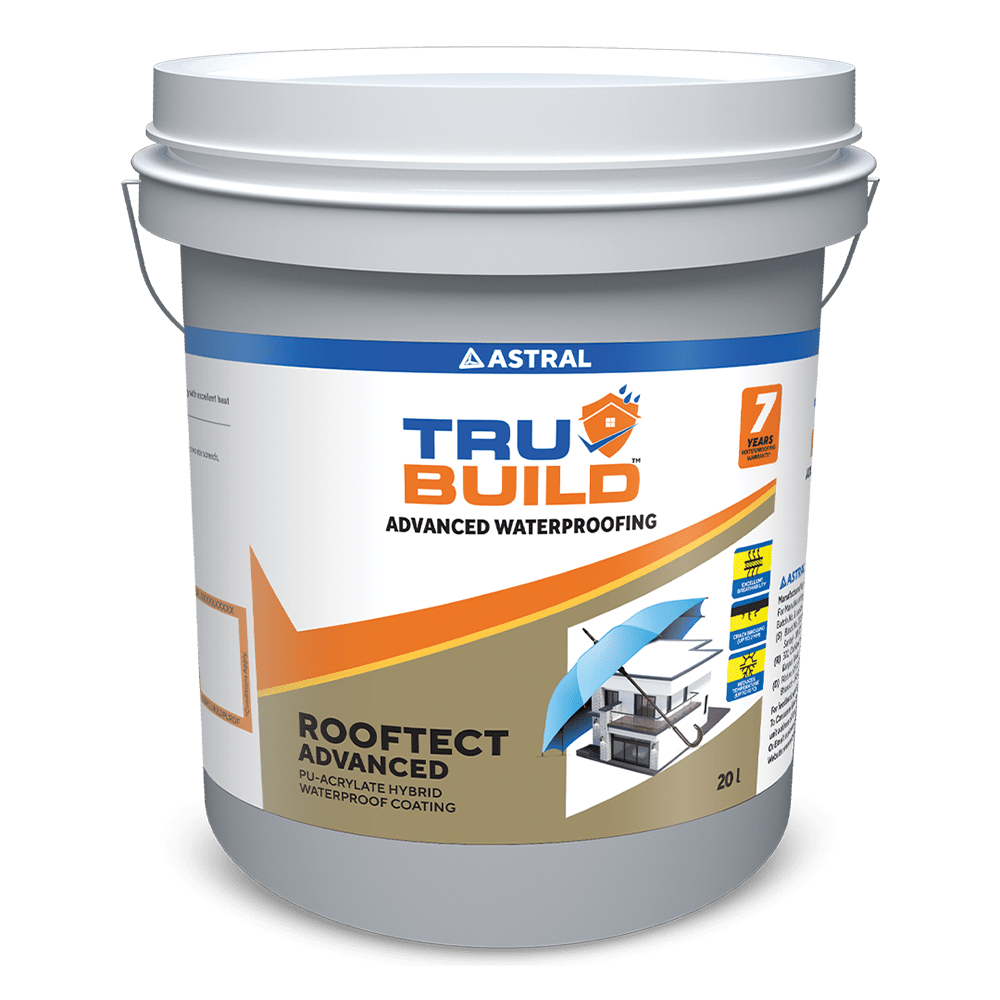
 Substructure Waterproofing
Substructure Waterproofing Tiling and Grouting
Tiling and Grouting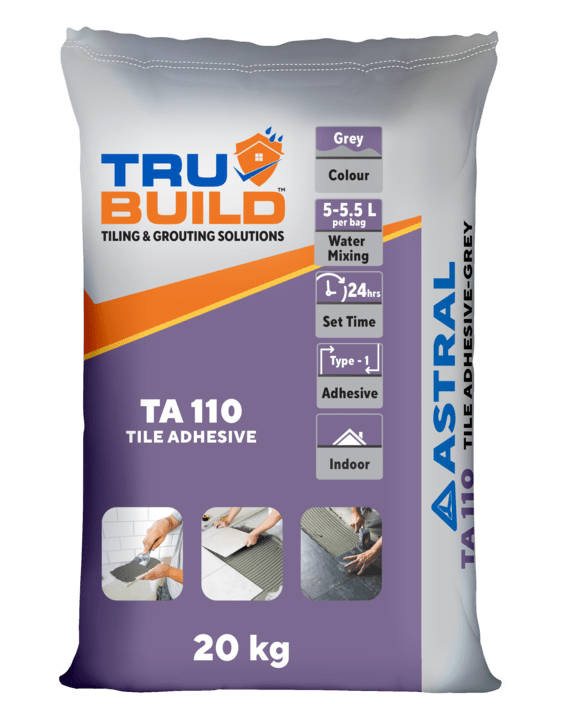
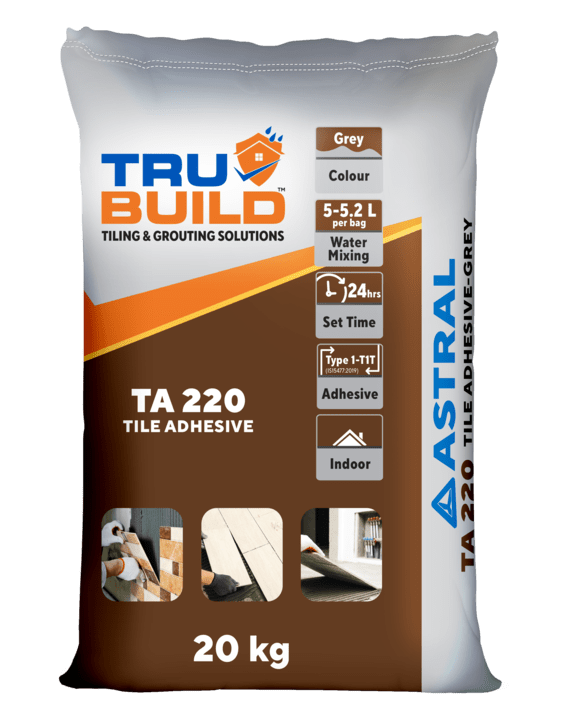
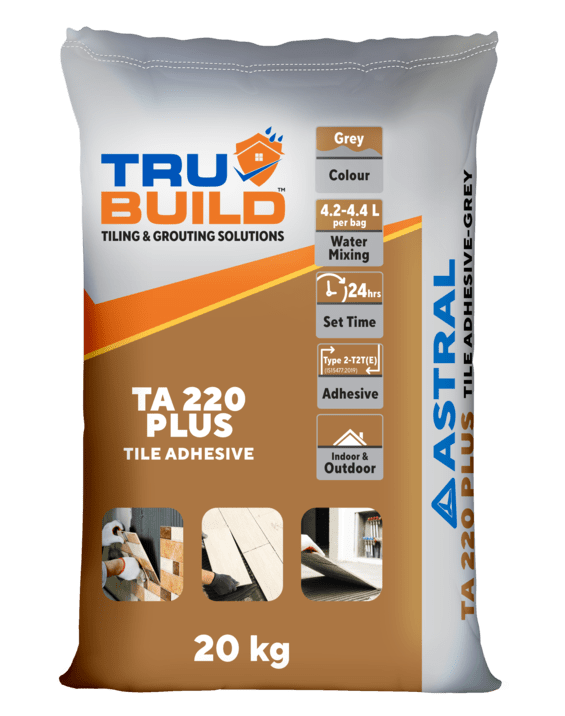
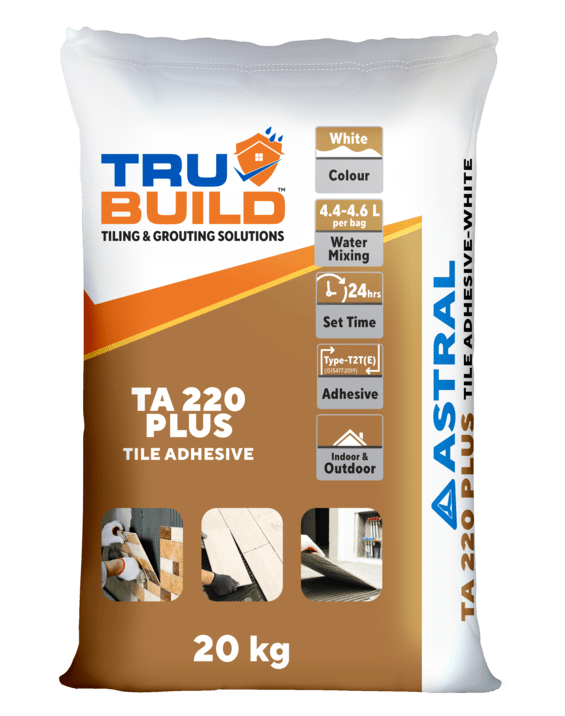
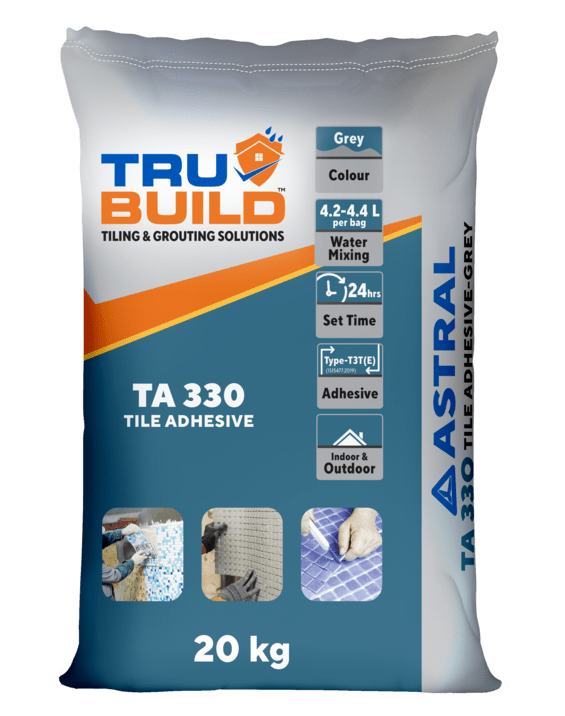
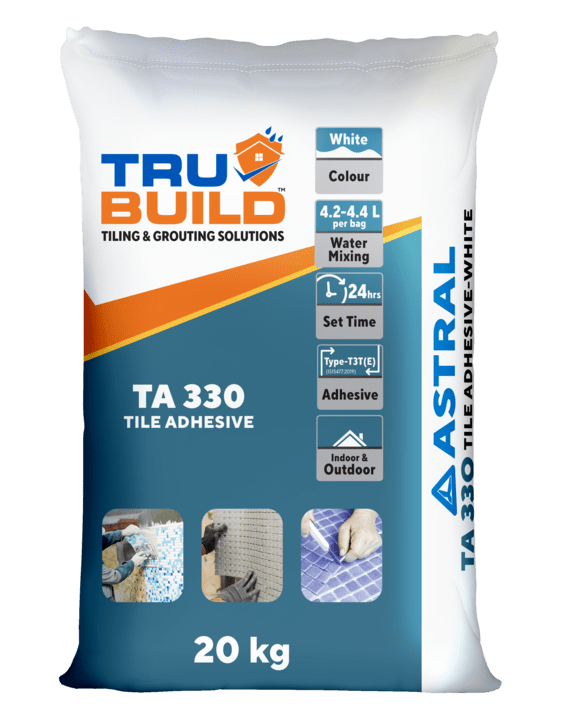
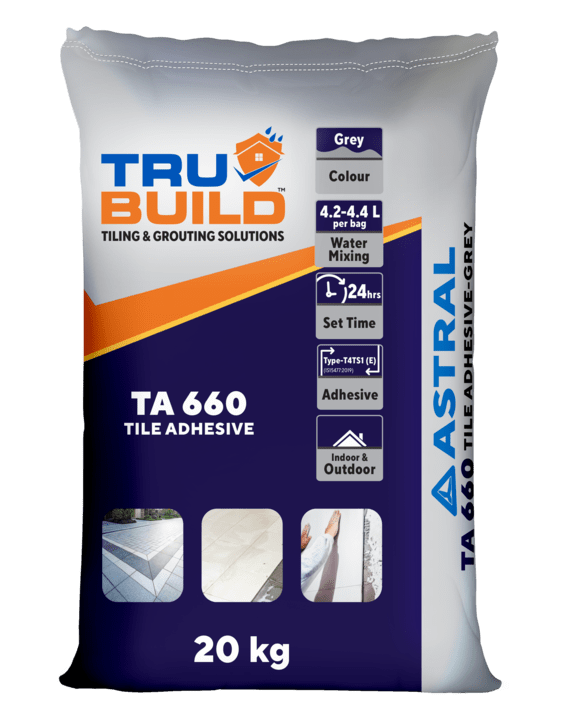
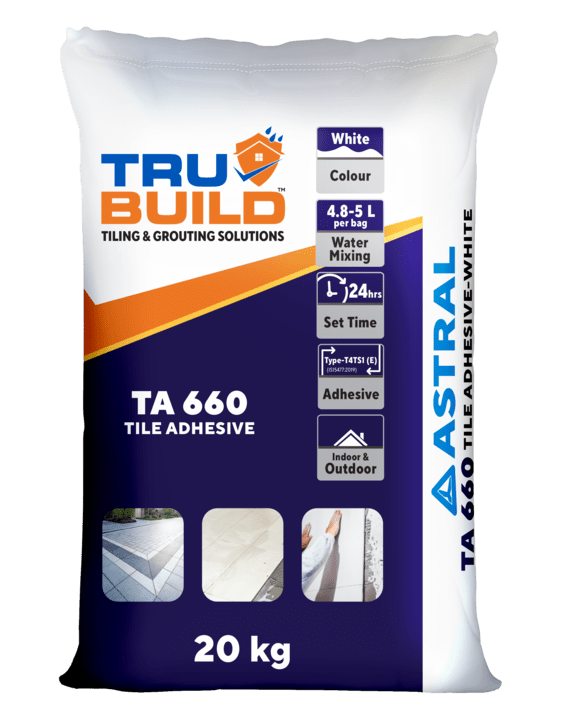


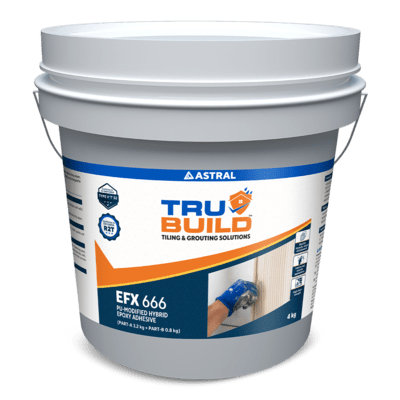
 Water Tanks and Other Areas
Water Tanks and Other Areas